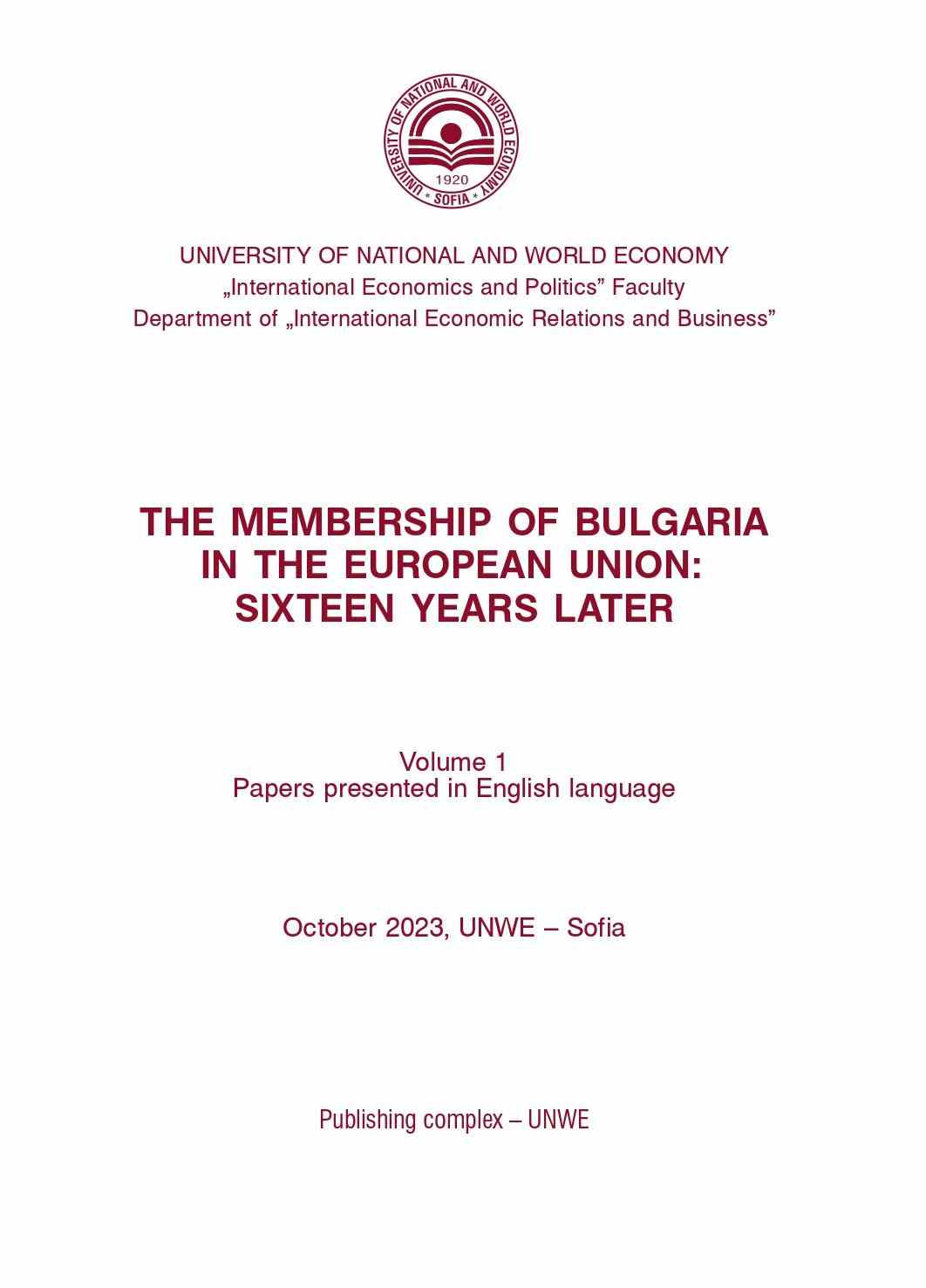
Wiążące informacje jako instrumenty zarządzania ryzykiem celno-podatkowym
Purpose: The aim of the chapter is to present and evaluate some of the most important instruments for business to facilitate the submission of customs declarations and minimise the risk of violation, even unconscious, of the calculation elements in customs declarations. Design/methodology/approach: The chapter will first characterise and assess changes in the scope ofissuing binding information in Poland, effective from July 1, 2023. Then, the importance of binding customs information for the certainty and uniformity of application of both customs and tax law willbe presented. In the following, the binding customs information BTI and BOI that are already in forcewill be characterised, and the work on introducing the most difficult of these information—namely binding valuation information (BVI)—will be described.F indings: The simplification and unification of the rules for processing binding information is of a systemic nature. It contributes both to improving the efficiency of issuing such decisions and positively shapes the situation of taxpayers, which serves to deepen the principle of citizen’s trustin tax authorities and legal certainty. Binding valuation information is generally considered to bea more complex area than tariff classification and origin, which may explain the continued lack of such an instrument. Therefore, the progress of work on binding valuation information should be assessed positively. Its implementation will increase transparency and legal certainty and contributeto compliance and uniformity in customs valuation, to the benefit of economic operators, customs authorities and the financial interests of the EU and individual Member States.
More...



